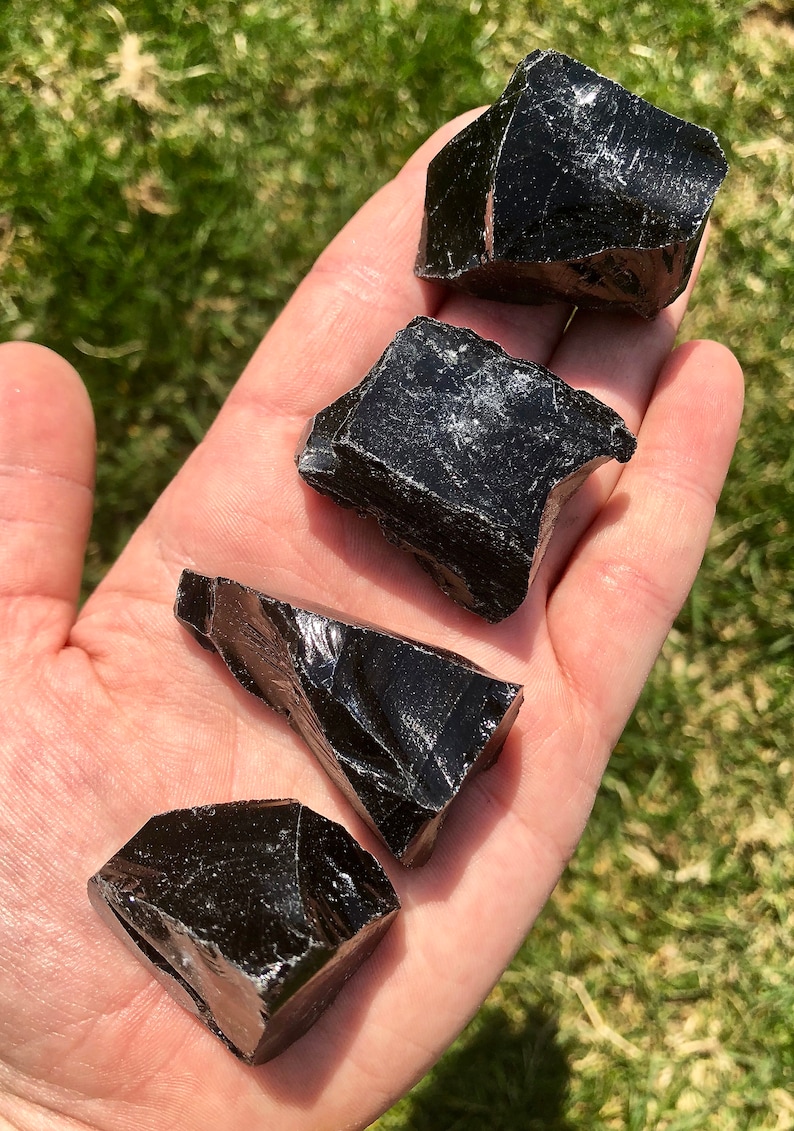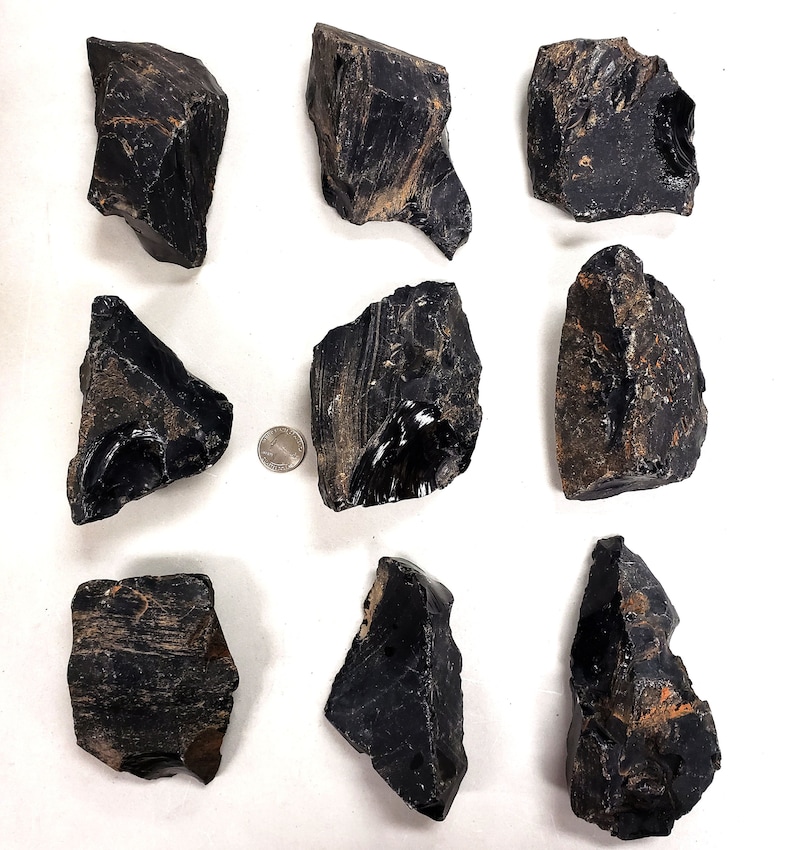


There are many bridges (chemical connections) between silica oxygen anions (SiO2), which is why it is so difficult to relocate this magma. Why does this matter? Since silica polymerizes magma. The thickest lava has the largest concentration of silica. The structure of most obsidians is rhyolitic. So obsidian forms from viscous magma only? Often yes, but not always.

The crystals are very difficult to form if the magmatic body is thick and viscous, because they don’t have new material, when almost nothing can move inside the magma body. I gave a subtle indication of what might be the second issue. When viscous magma is removed from a volcano and cools quickly, there’s very little. Large crystals have to develop for a long moment. Most of it is not crystallized because the crystals had two difficult problems which restricted their growth. Volcano glass is an igneous rock made up of a magmatic content mainly uncrypted. You certainly do not use “volcanic glass” rather than “obsidian,” but be careful about it-volcanic glass isn’t always obsidian. The volcanic glass and obsidian are therefore not synonymous, although you can often freely use both terms. Underwater volcanic glass has alternative names such as tachyllite and hyaloclastic. Obsidian solidification (on earth) in most instances was subaerial. It is simply an unconditional piece of volcanic glass. Laying, slitting, leavening, phenocrysts, etc. This word is’ huge,’ but it does mean in geology that stone (obsidian is rocky, not a mineral) is homogeneous, though this is connected to geologies. Obsidian is a massive glass of volcanoes.


 0 kommentar(er)
0 kommentar(er)
